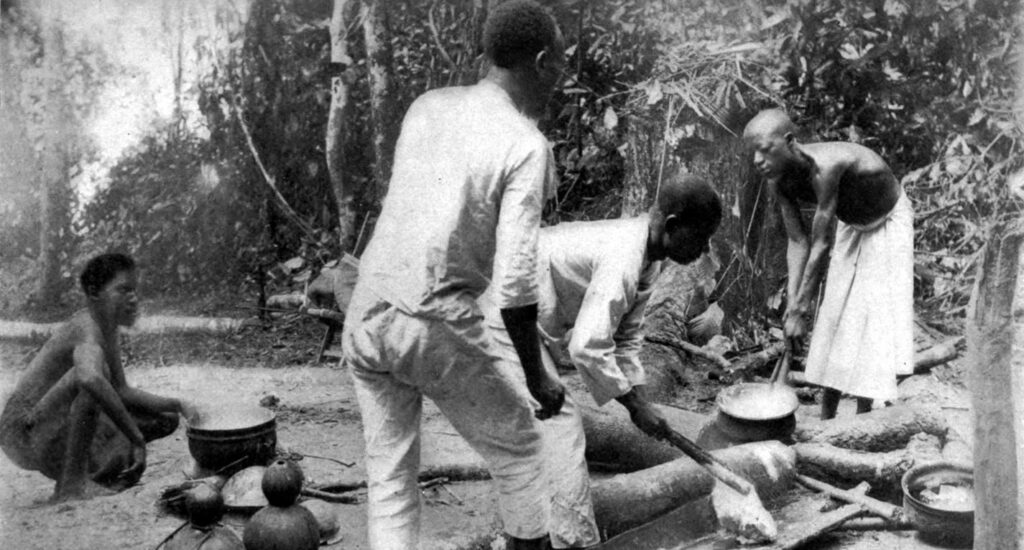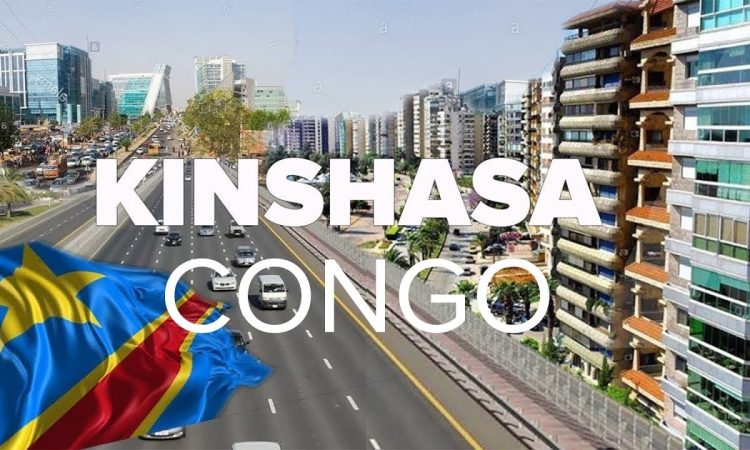The Democratic Republic of the Congo (DRC), often referred to as the Congo-Kinshasa, is a country of immense natural beauty, rich cultural heritage, and significant historical depth. Located in Central Africa, it is the second-largest country on the continent, bordered by nine countries and the Atlantic Ocean.
The Congo is a land of diverse landscapes, ranging from dense tropical rainforests to vast savannas, and is home to a wealth of biodiversity. This article delves into the fascinating aspects of the Congo, including its culture, history, cuisine, and lifestyle.

Historical Background
Originally inhabited by various indigenous groups, the region became a focal point of European colonial interest in the late 19th century. King Leopold II of Belgium acquired the territory during the Berlin Conference in 1885, ruling it as his personal property under the name Congo Free State. This period was marked by severe exploitation and atrocities against the local population. In 1908, the Belgian government took control, renaming it the Belgian Congo.
The DRC gained independence on June 30, 1960, but soon plunged into political turmoil. The country experienced a series of conflicts, coups, and civil wars. Despite these challenges, the DRC remains a land of immense potential, rich in natural resources and cultural heritage.

Kinshasa: The Bustling Capital
Kinshasa, the capital and largest city of the DRC, is a vibrant metropolis that sits on the Congo River’s southern bank, directly opposite Brazzaville, the capital of the Republic of the Congo. Kinshasa is the third-largest urban area in Africa, after Cairo and Lagos, and serves as the country’s economic, cultural, and political hub.

Culture and Ethnicity
The Congo is one of the most culturally diverse countries in the world, with over 200 ethnic groups. The major ethnic groups include the Kongo, Luba, Mongo, and the Lunda. Each group has its own distinct language, traditions, and social customs. The country’s official language is French, but Lingala, Kikongo, Swahili, and Tshiluba are also widely spoken.

Music and Dance: The Soul of Kinshasa
Kinshasa is renowned for its dynamic music scene, particularly Soukous and Rumba, which have gained international acclaim. The city has produced legendary musicians such as Franco Luambo, Tabu Ley Rochereau, and Papa Wemba, who have left a lasting impact on African music. Traditional dances like the Ndombolo are performed at various celebrations and events, showcasing the city’s vibrant cultural spirit.

Cuisine
Congolese cuisine is a delightful fusion of flavors and ingredients, reflecting the country’s diverse cultural influences. Staple foods include cassava, maize, plantains, and rice, often accompanied by a variety of sauces and stews. Popular dishes include:
- Fufu: A starchy side dish made from cassava or maize, often served with soups or stews.
- Moambe Chicken: A savoury chicken dish cooked in a rich palm nut sauce, often considered the national dish.
- Saka-Saka: A dish made from cassava leaves cooked with peanut sauce and spices.
- Liboke: Fish or meat wrapped in banana leaves and steamed or grilled, infused with a blend of local herbs and spices.

Daily Life and Traditions
Life in Kinshasa is characterized by a strong sense of community and family. The city is a melting pot of cultures, where traditional values blend with modern influences. Markets, known as “marchés,” are bustling with activity, offering everything from fresh produce to handmade crafts. The people of Kinshasa are known for their resilience, creativity, and vibrant spirit, often expressed through music, dance, and fashion.

Art and Craftsmanship
Kinshasa boasts a thriving arts scene, with artists creating intricate wood carvings, masks, and sculptures that reflect the country’s rich cultural heritage. The city’s art galleries and markets showcase a wide array of traditional and contemporary artworks, highlighting the creativity and talent of Congolese artists.

Natural Beauty and Wildlife
The DRC is home to some of Africa’s most breathtaking landscapes and wildlife. From the dense rainforests of the Congo Basin to the volcanic mountains of the Virunga National Park, the country offers a wealth of natural beauty. Kinshasa, with its proximity to the Congo River, provides opportunities for river cruises and wildlife viewing. The country is also home to rare species such as the mountain gorilla and the okapi.

Challenges and Opportunities
Despite its rich cultural and natural heritage, the DRC faces numerous challenges, including political instability, poverty, and infrastructure deficits. However, Kinshasa is a city of immense potential, with opportunities for growth and development. The Congolese people are known for their entrepreneurial spirit, and there are ongoing efforts to improve education, healthcare, and economic opportunities.
READ ALSO: Rwanda: A Journey Through History and Culture
Conclusion
Kinshasa, the heart of the Democratic Republic of the Congo, is a city of contrasts and resilience. Its rich cultural heritage, vibrant music scene, and diverse cuisine make it a fascinating destination for those seeking to explore the heart of Africa. By understanding and appreciating Kinshasa’s unique history, culture, and way of life, we can gain a deeper appreciation for this remarkable city and its resilient people.

